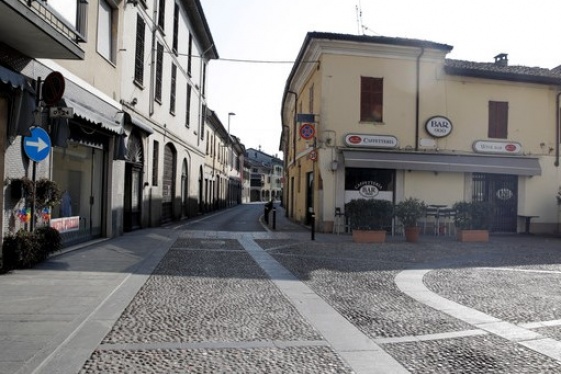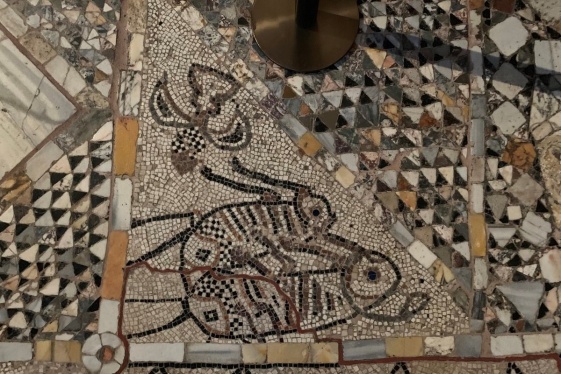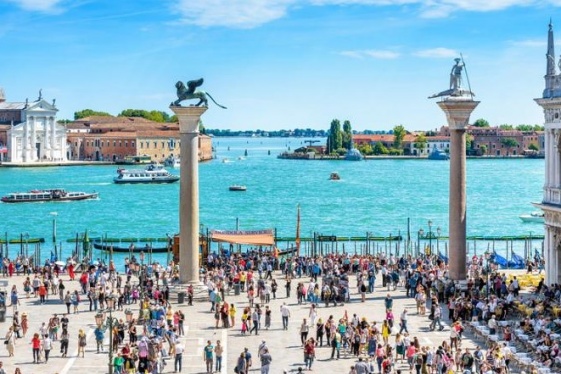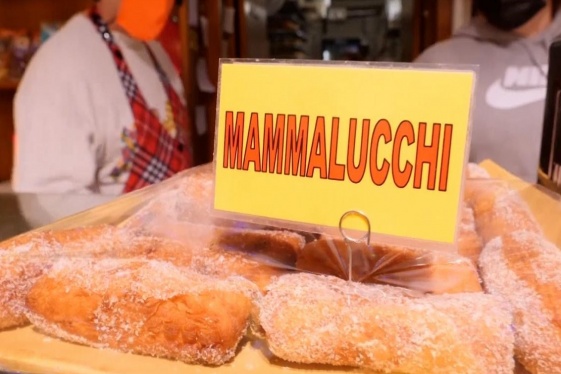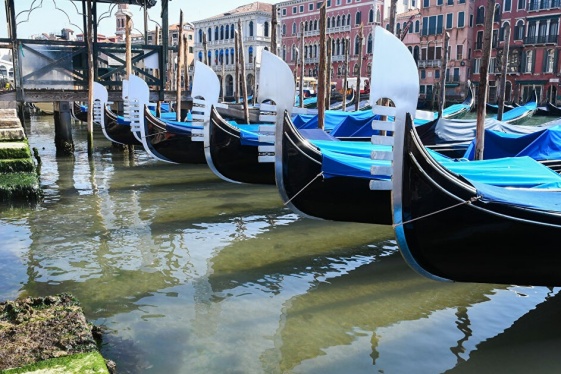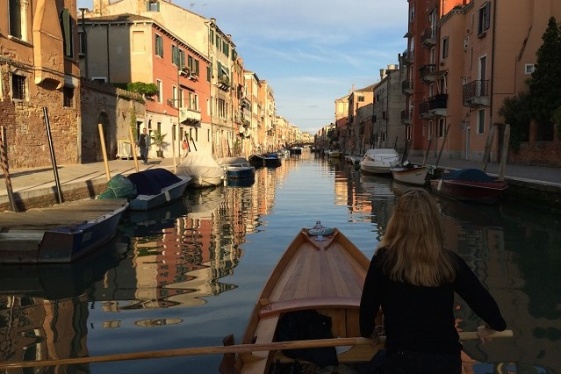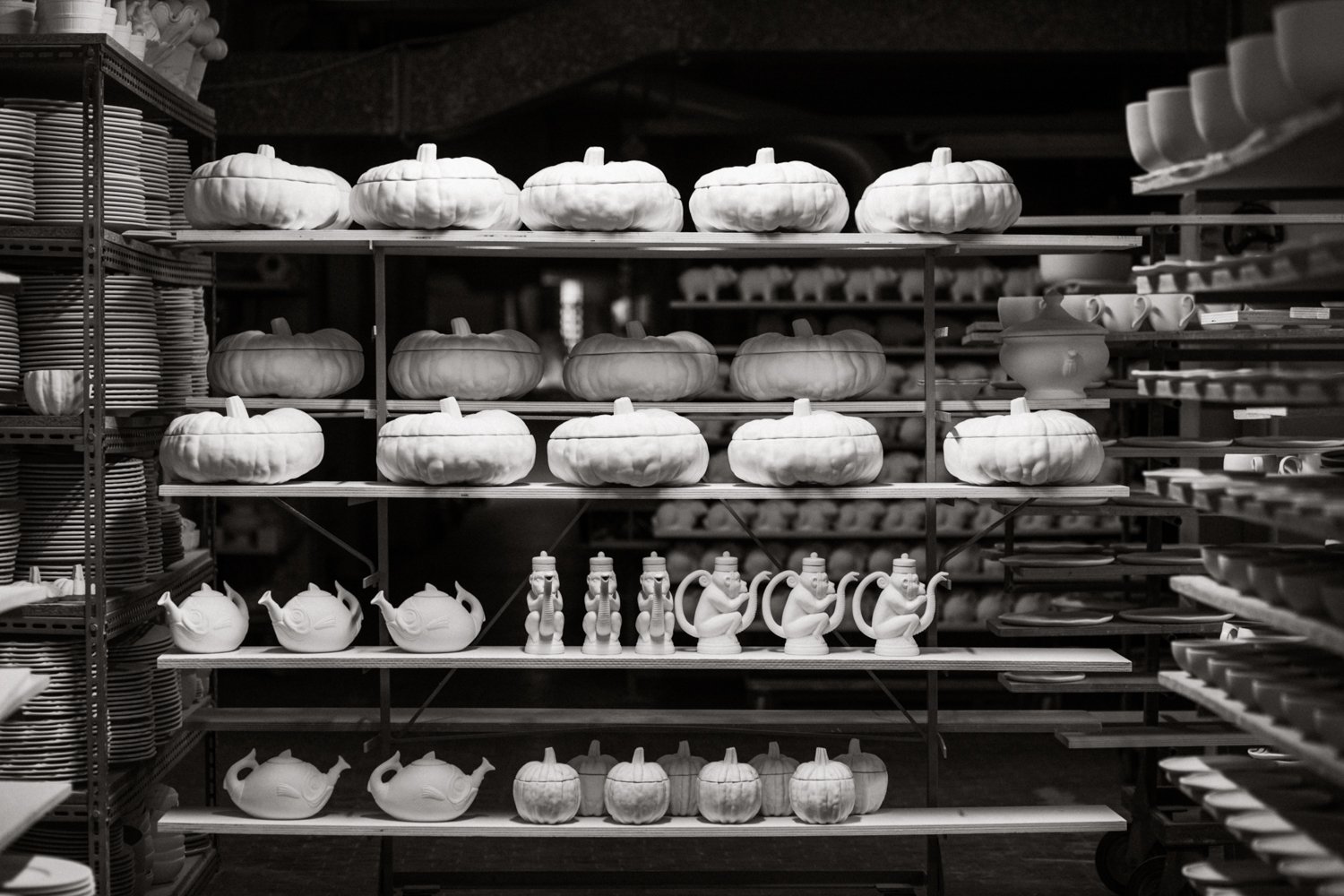

Este can be considered one of the most famous pottery towns. Este pottery has been present throughout the centuries, from prehistoric times down to the present day. Like all ancient peoples, the first inhabitants on the banks of the Athesis (the River Adige, which once passed through Este) certainly used clay and created the first rudimentary objects.
These objects were simply dried in the sun and genuine pottery only appeared with the discovery of firing. Ceramic work was perfected over the millennia: different techniques and materials were used, and from simple household pottery objects eventually appeared that tentatively approached the level of art.
At first, it was merely a question of small ornamental motifs or some writing in the language used. Then moulds were perfected, colour began to be introduced and we finally see genuine painted decorations, all through studying and experimenting with different techniques.The National Museum of Atestine Artefacts preserves admirable and abundant documentation of pottery from the so-called “Atestine periods”. This was followed by the Roman era, with its flourishing ceramic production: vases, amphorae and lamps were stamped with the “signatures” of the artisans or factories.
After the Roman period came a period of stasis, without any trace of pottery. In around 1200-1300 ceramics began to revive due to new methods, including etched pottery and engobed glazed pottery. For the period from 1300 to 1600, references are found in notarised documents and parish records to “scudelari”, “bocalari”, and “pignatari” (pottery makers) born and living in Este between 1500 and 1600.
And so we arrive at the 18th century, in the early years of which Europe finally also discovered the secrets of porcelain, which had been dominant in the Far East and on which the entire western world was dependent. Ceramic work, however, received a new impetus in Este, with Girolamo Franchini becoming renowned among the 18th-century ceramic masters.
Este also produced majolica and became particularly known for the black variety (“lustrous black goods”), which could be produced and sold more cheaply than white earthenware. Black majolica was manufactured for convents (hence the designation “monastery black”) and was sold to the military in particular, also due to its lower price.
Plates, jugs, “foghere” (small stoves) and ornamental vases were made, occasionally even featuring gold decorations.
The present-day manufacturers have made tradition their leitmotif, drawing inspiration from Este's historical production, particularly from moulds and decorations by artists such as Girolamo Fernandes, from those of the Contiero period and from the modernised moulds introduced by Giovanni Capuani and Giovanni Battista Giorgini in the second half of the twentieth century. Many young people came to learn the art of pottery from, particularly from “Nino” Capuani, and a kind of “school” began to establish itself in his “workshop”.
Several ceramic companies were set up during the years of the economic boom, with about ten operating in the 1980s. Now only five of them still hold the standard of Este aloft in an increasingly competitive global ceramic market: “Antica Ceramica d’Este”, “Ceramica d’Este Artepiù”, “Ceramica Euganea”, “Ceramiche d’Arte Mary” and “Este Ceramiche Porcellane”.
The great quality of the artefacts produced in Este is known and appreciated throughout Italy and the world: the companies work together with major design and international fashion labels, as well as famous artists, who choose the Este factories for the production of refined objects for an increasingly demanding market.
The great technical and manual expertise, along with the care and attention during all stages of production, which is carried out exclusively with traditional craft techniques and strictly by hand, attract a refined clientele: aristocratic families, large companies and enterprises rely on the experienced hands of the Este artisans when commissioning objects and collections for personal use, as well as for corporate gifts or major events.
The Moulds
Este preserves a large number of original moulds which were used (and are still used today) for the manufacture of antique objects. Unfortunately, this type of artistic heritage was not so fortunate elsewhere and has been lost. The moulds can now be found in Este's various factories, which can be considered the true heirs of the Este manufacturing legacy.
These mainly consist of the old Brunello and Franchini moulds, which were later united in the Apostoli factory, while another collection includes moulds from the factory of young people established after the war and directed by the painter Antonio Ferro.
The Local Area
Este is a town of 17,000 inhabitants on the southern slopes of the Euganean Hills, 32 km from Padua and 24 km from Rovigo.
The town has been inhabited since very ancient times: already during the iron age it was the main settlement of the ancient Veneti or Paleoveneti, who developed it and helped boost its economy through trade with the neighbouring peoples, as well as with Greeks and Romans.
The Euganean Hills are a group of hills of volcanic origin that rise, almost like an archipelago, from the Padovan-Venetian plain a few kilometres south-west of Padua. This territory is part of the Colli Euganei Regional Park, the first such park established in Veneto in 1989.
Camera di Commercio di Padova
You may be interested
-
Pavarotti. Il mondo di Big Luciano. Anteprim...
Il mondo di Luciano Pavarotti e la sua grande carriera di cantante lirico rivivranno il 23...
-
'Alone': How Italian town with 1st known viru...
Italy delivered the first shocking confirmation of locally transmitted coronavirus infecti...
-
'Dragon Bones' of Santa Maria e San Donato
The Basilica of Santa Maria e San Donato dates to the seventh century, back when the islan...
-
'I've enjoyed every moment' - USMNT's Gianluc...
Busio moved to Venezia in August 2021, with the club breaking its own transfer record to s...
-
'Italy Stay Strong': What the Coronavirus Eme...
“Venice is in my blood,” says tour guide Nadia Danesin, the founder of Friend in Venice, h...
-
'Mammalucchi': The Venetian pastry delicacy c...
Lovers of the Venice Carnival know it means masks and costumes, but also tasty delicacies...
-
'Nature is taking back Venice': wildlife retu...
Look down into the waters of the Venice canals today and there is a surprising sight – not...
-
'Rowing in Venice is unique - it's the closes...
The gondola is an Italian icon, and tourists around the world dream of taking a trip on on...




